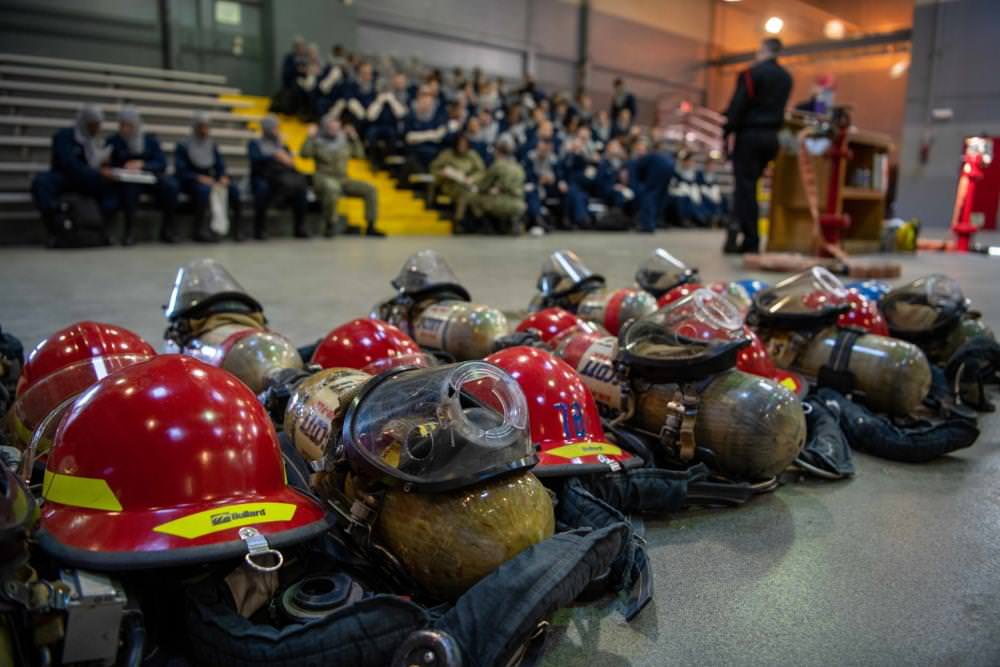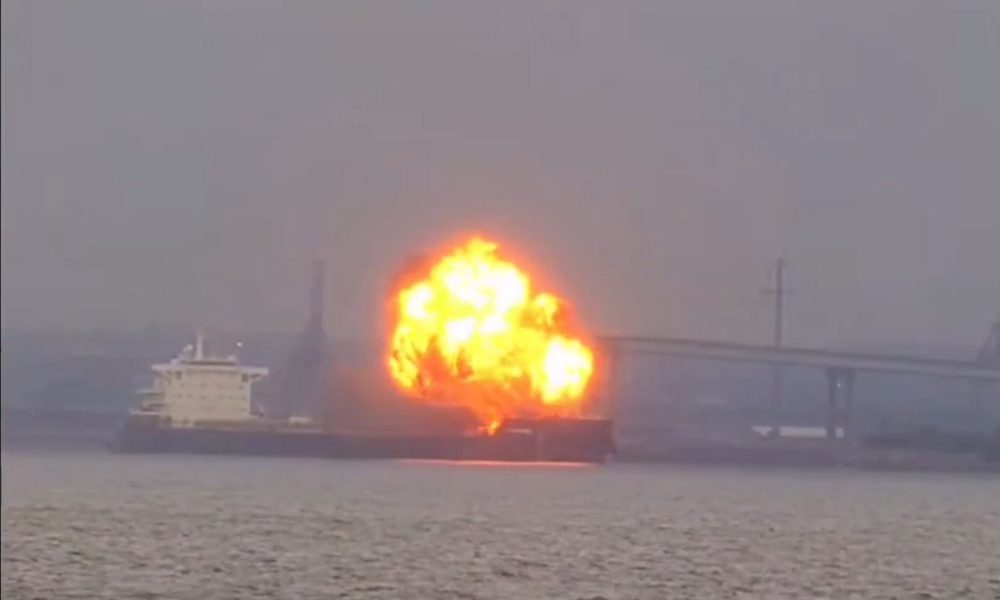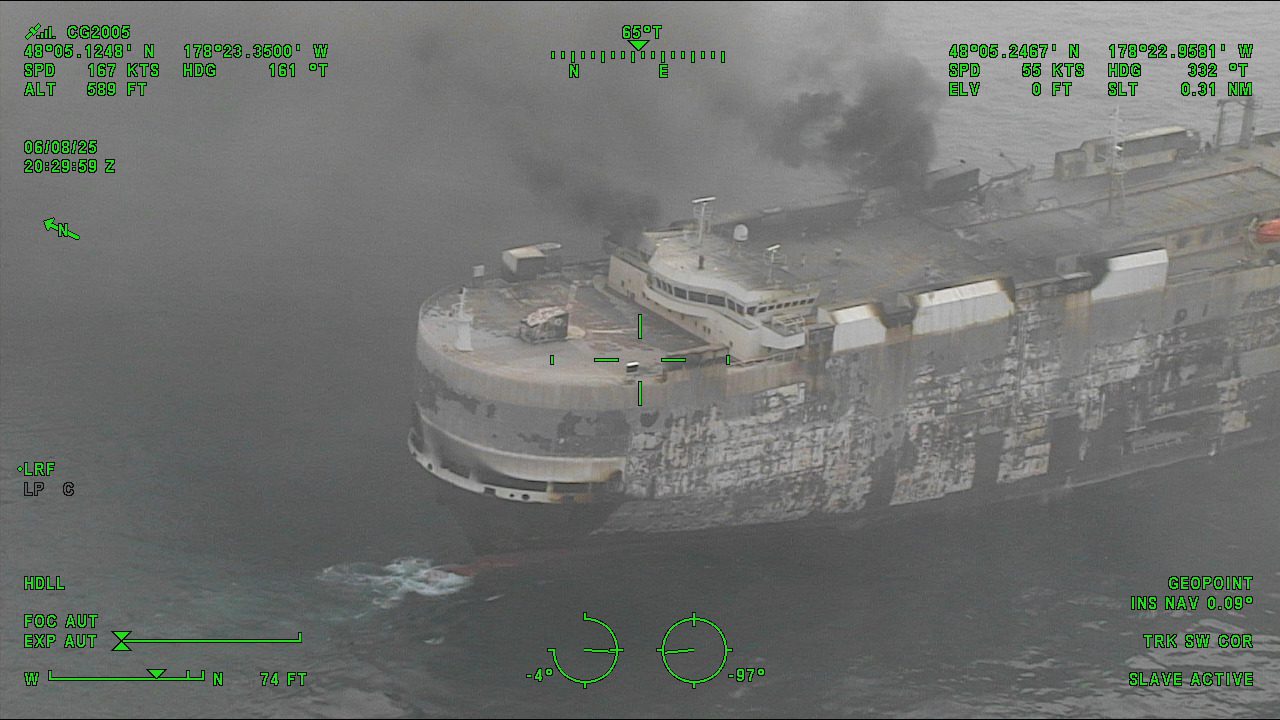By David Sherfinski (Thomson Reuters Foundation) – When a soldier was found unconscious in the barracks of a U.S. Army base near the Pentagon at about 4am in May, the emergency workers who rushed to his aid could not save him.
Normally, firefighters with medical training on site could have been at his side in less than 90 seconds, but staff shortages meant that first responders had to be called in from outside, said Mike Jackson, a firefighter on the base.
The base’s fire station had been temporarily taken “out of service” – meaning it was not available to be dispatched to 911 calls for help – due to staff shortages and COVID-19 sick leaves, according to Jackson.
“I’m not saying we would have changed the outcome, but we could have at least tried sooner,” said Jackson, adding that the medical crew took about seven minutes to arrive – just within the national standard for emergency calls.
“(He) died on our watch. It definitely doesn’t feel good.”
Related Book: The Last Men Out: Life on the Edge at Rescue 2 Firehouse by Tom Downey
The U.S. Army Criminal Investigation Division is investigating the circumstances surrounding the soldier’s death, in line with protocol for all active-duty service member deaths, said a spokesperson for Joint Base Myer-Henderson Hall (JBM-HH).
“At no time were Arlington County and (the base) without emergency services,” the spokesperson said, referring to the county where the military base is located and which dispatched the first responders who tried to save the soldier.
“At the time of the incident, both JBM-HH and Arlington fire and emergency services were operational and prepared to respond to incidents on base.”
Related Article: Dear Admiral Kitchener: San Diego Urgently Needs A Fireboat
The soldier’s death has put a spotlight on calls by federal lawmakers and firefighters to improve recruitment and retention on military bases, saying a shortage of firefighters is endangering lives.
Military base firefighters like Jackson can double up as emergency medical technicians (EMTs) to provide care when ambulances have not yet arrived.
The Department of Defense (DoD) said it aims to follow national guidelines on firefighting staff levels, but declined to comment further on safety concerns.
An Army spokesperson said branch staffing levels are based on facilities’ individual risk and that it has mutual aid agreements with local agencies to mitigate personnel shortages.
About a third of the 49 positions on the fire department were unfilled as of late August, said Jackson, a product of a slow hiring process and broader budget concerns.
The cost of paying overtime to help cover for staff who were off sick with COVID-19 may have been a factor in the decision to temporarily designate the station as “out of service,” he said.
The spokesperson for the base said they limited services for several days as a result of the COVID-19 cases, but overtime was not a factor in the decision.
LEEWAY IN RULES
Currently, there are no clear national minimum requirements for staffing fire departments.
The 1996 National Technology Transfer and Advancement Act says government agencies should use standards developed by bodies like the National Fire Protection Association (NFPA).
But it offers leeway if the rules are “impractical.”
The NFPA guidelines say, for example, that there should be a minimum of four personnel staffing a fire engine.
A spokesperson for the Department of Defense said it seeks to comply with NFPA standards, but individual bases are allowed to set personnel levels based on their risk profile.
U.S. fire crews both inside and outside the military are struggling to fill roles, with recruitment challenges worsened by low pay and perilous working conditions.
NAVY IS ‘GAMBLING WITH LIVES’
One firefighter at one of the U.S. Navy’s largest bases in Florida said staff shortages meant vehicles that should be manned by three people had been running with drivers only – leaving no additional staff to perform rescues.
“I never thought in a million years I’d fear for my life going to work every single day just because we don’t have the bodies to put on the fire trucks,” said the firefighter, who spoke on condition of anonymity.
“Ultimately, they’re going to kill somebody.”
Related Article: US Navy Stonewalls Congress In Working Ship Reports
The Florida base “maintains the required number of on-duty staff,” said a spokesperson for Navy Region Southeast, which oversees the base.
The Navy would not jeopardize firefighter or personnel safety and bosses are always monitoring staffing levels, the spokesperson added.
To save on overtime costs, leaders will allow staff levels to run low, said Jamie Brown, a former firefighter and EMT at the Florida base.
“Basically what they’re doing is gambling with lives,” said Charlie Martinez, a vice president at California Professional Firefighters, a union that represents federal firefighters across the state.
About one in 10 posts for civilian firefighters at Navy facilities was unfilled as of August, said a spokesperson for the Navy department which oversees the management of base fire and emergency services.
“The safety of our personnel is always (our) top priority and we take all available actions to address and rectify valid concerns,” the spokesperson said.
Fire and emergency bosses can use overtime to ensure they have enough staff on duty, and can request extra funds to meet the costs, the spokesperson said.
Related Article: US Navy Stonewalls Congress In FEDFIRE Fireboat Report
MOVEMENT IN CONGRESS
A bill introduced in the House of Representatives in May aims to ensure that fire services on military bases are staffed to NFPA standards, and says “budgetary considerations should not justify the degradation of … emergency services.”
“Staffing levels for the federal firefighters were not being prioritized in the defense budgets,” U.S. Representative Mary Gay Scanlon, who is spearheading the bill, told the Thomson Reuters Foundation.
“The funding just hasn’t kept up with the needs.”
The bill would toughen regulations on military base firefighter staffing by directing the Secretary of Defense to ensure the military follows NFPA standards.
A spokesperson for the Department of Defense said it does not comment on pending legislation.
Martinez said forcing the department to abide by clear standards on firefighter staffing levels would “save lives.”
“It’ll (cost) money, though, and that’s where the battle’s going to be,” he added.
Lawmakers approve funding for military staff each year in a separate bill.
Those left manning the bases say something has to give.
“It’s always one of the sayings in the fire service and in the police – it’s going to take somebody to die before things change,” said Jackson, a union representative for Fort Myer firefighters.
“Hopefully this (soldier’s death) is that situation that will push change.”
Related Book: The Last Men Out: Life on the Edge at Rescue 2 Firehouse by Tom Downey
(Reporting by David Sherfinski. Editing by Sonia Elks and Katy Migiro. Thomson Reuters Foundation)

 Join The Club
Join The Club











